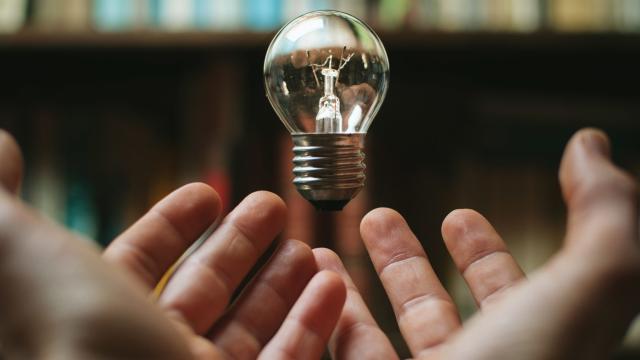Not all inventions are born equal. Some spring from nowhere to create an entirely new class of technology; others assemble existing ideas to create useful new products. Now, researchers have shown that the past century’s seen a steady increase in invention by the combination of concepts — but less in the way of pure discovery.
You might intuitively expect that to be the case. The years leading to the 20th century saw the birth of radical new technologies: trains, cars, light bulbs, telephones and myriad others. The last hundred years has spawned huge advances in IT and communication, but they have felt more incremental than revolutionary. Still, anecdote isn’t as useful as data — so, as The Economist reports, Youn Hyejin from the University of Oxford decided to investigate how invention changed by studying United States Patent and Trademark Office records.
The USPTO provides every patent with at least one main class and subclass. So, if you invent an exercise device, it may be assigned the main class 482 and the sub-class 6 because it regulates the user’s movement — giving it the code 482/6. It may, of course, have another code, too, if it also has some other function. All told there are more than 160,000 different codes — and records about how they have changed and been assigned date back all the way to 1790. So Hyejin dug right in, to see how new inventions throughout history have varied.
She found that during the 19th century almost half of patents were ascribed a single code; these days, that figure has dropped to one-tenth. She also found that, while the number of new codes and patents grew at the same rate until about 1870, thereafter the number of patents grew way, way faster than the number of codes. Digging a little deeper, the rate of new combinations of codes grew at the same rate as the number of patents. That result, published in the Journal of the Royal Society Interface, implies that modern-day invention is a result of combining existing technologies rather than creating new ones from nowhere. Bingo, intuition was right.
But as The Economist points out, things may yet change. Our understanding of biology is becoming ever more advanced and may yet yield advances that physics and chemistry did in centuries past. The future, then, could yield a brave new world of invention — and a lot of new work creating classes at the United States Patent and Trademark Office. [Journal of the Royal Society Interface via The Economist]
Picture: Lorenzo Scheda/Flickr
